by Walter Feller
A small dam was erected to raise the water level up against a gate to a flume that could be opened letting water from Deep Creek flow into a stone-walled channel. This channel ran along a carefully continuous slope to a headwater, into a pipeline across the Mojave River, then on to an open reservoir in what is now the City of Hesperia, Ca.
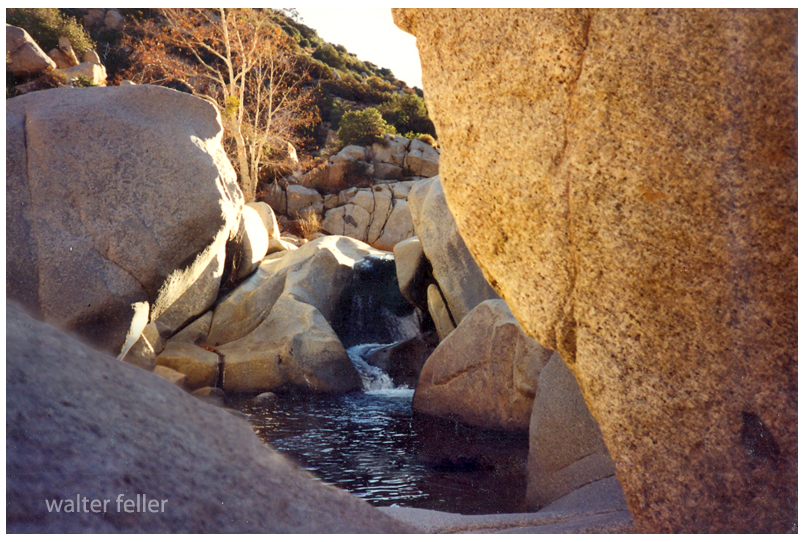
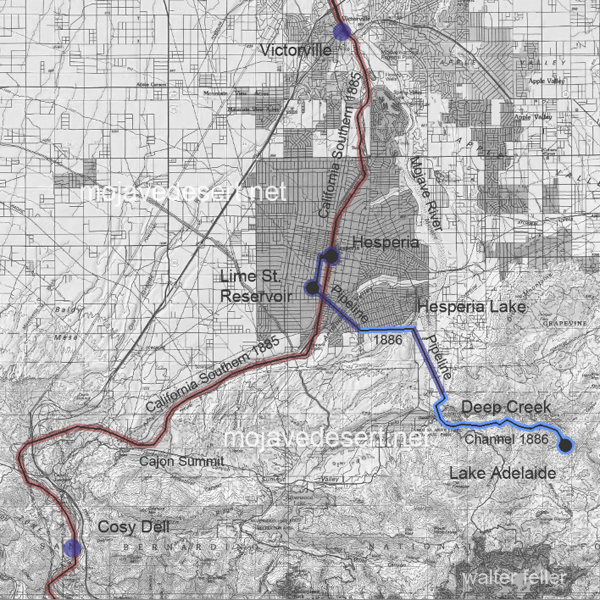
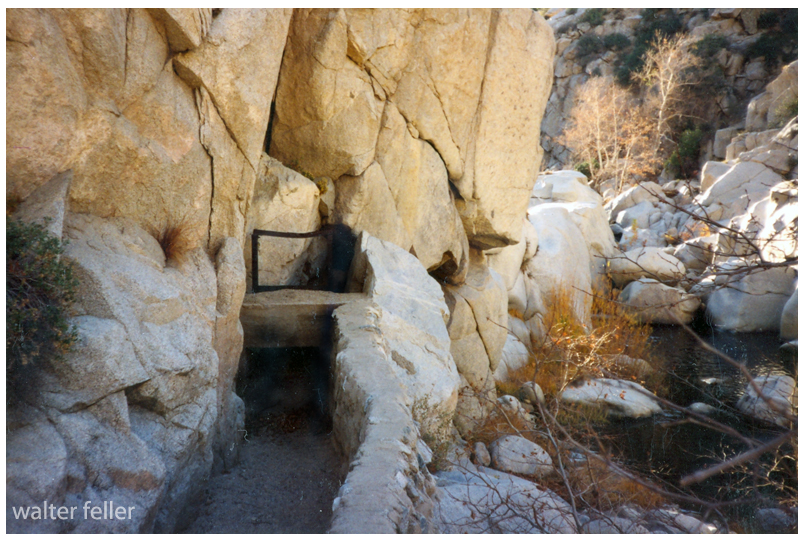
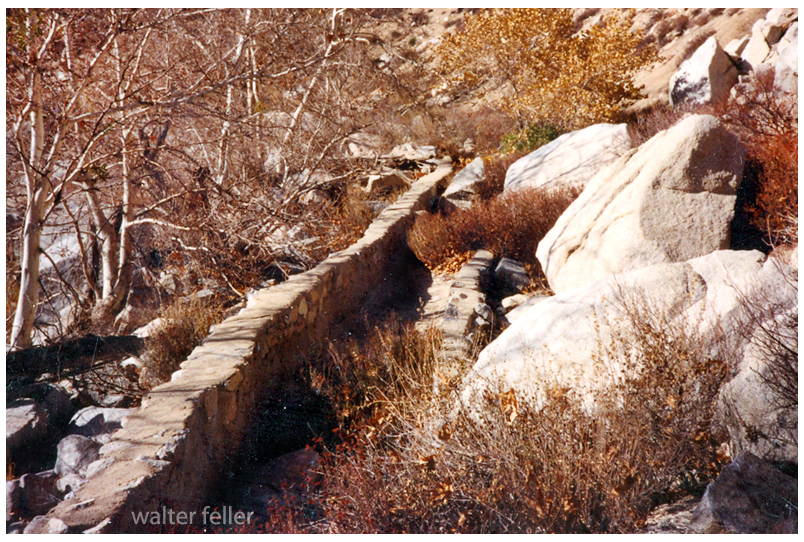
The slope along the canal has to be even to avoid turbulent flow. The walls need to be high enough all along the canal to maintain volume, accommodate hydraulic jump and prevent sloshing over the side. A smooth, even flow like that is called laminar flow.
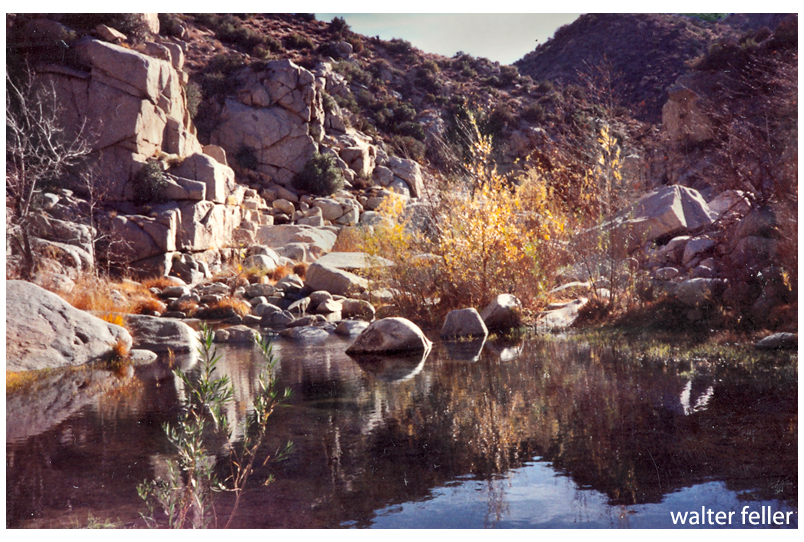
The smooth flow we look for in an open channel aqueduct is called ‘laminar flow.’ As water passes through the 3 or 4 miles, if the flow is turbulent, all kinds of contaminants may become entrapped and entrained in the water, which is undesirable.
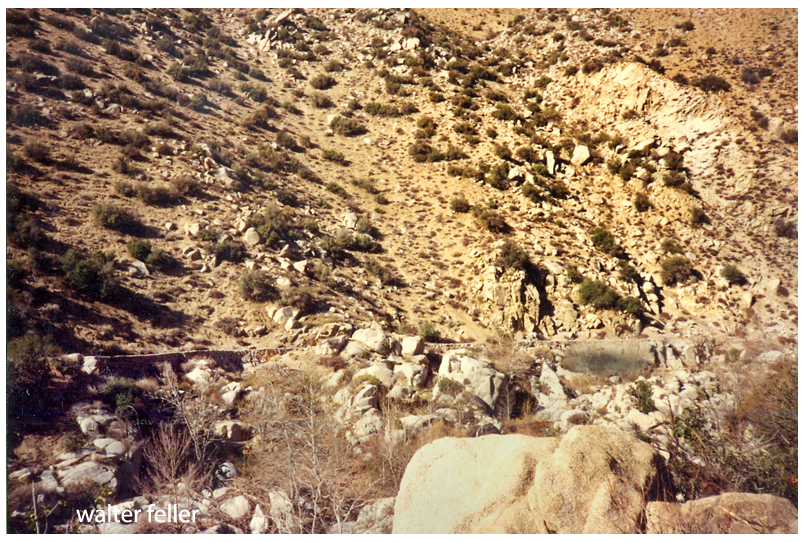
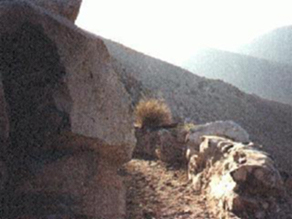
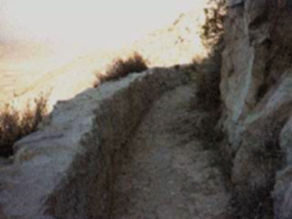
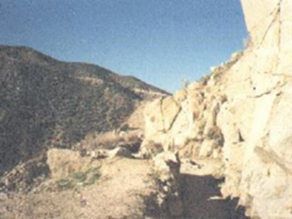
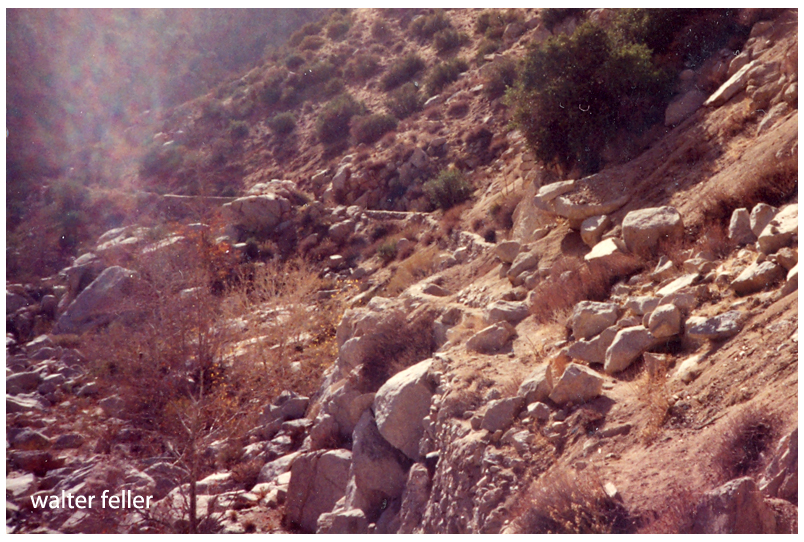
So, water diverted at the flume passes through the gate and into a specifically engineered channel to be delivered to the next step, the headworks.
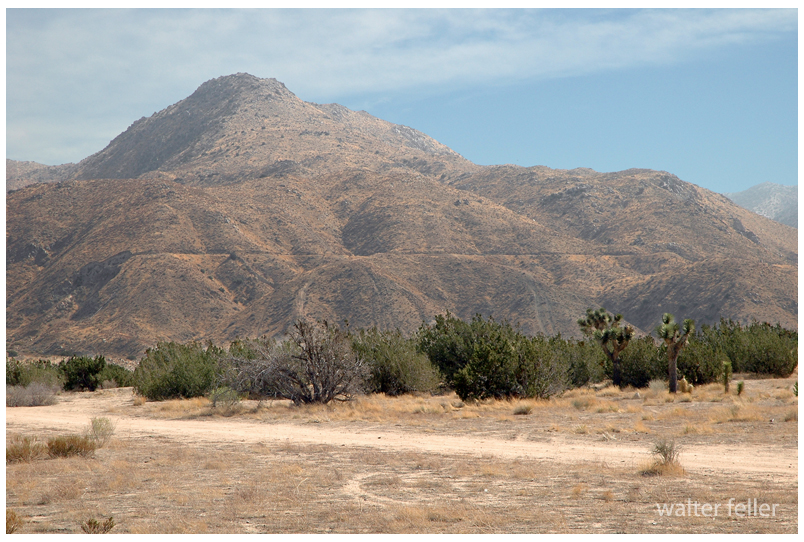
Think of the headworks as sort of a funnel with the water pouring from the channel into the top of the siphon. There most likely was a grate on there to keep large objects from falling into the pipeline and clogging it.

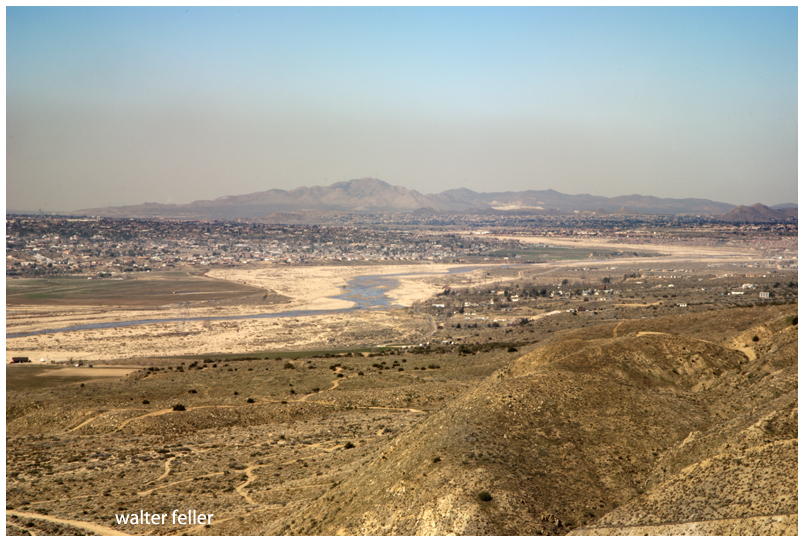
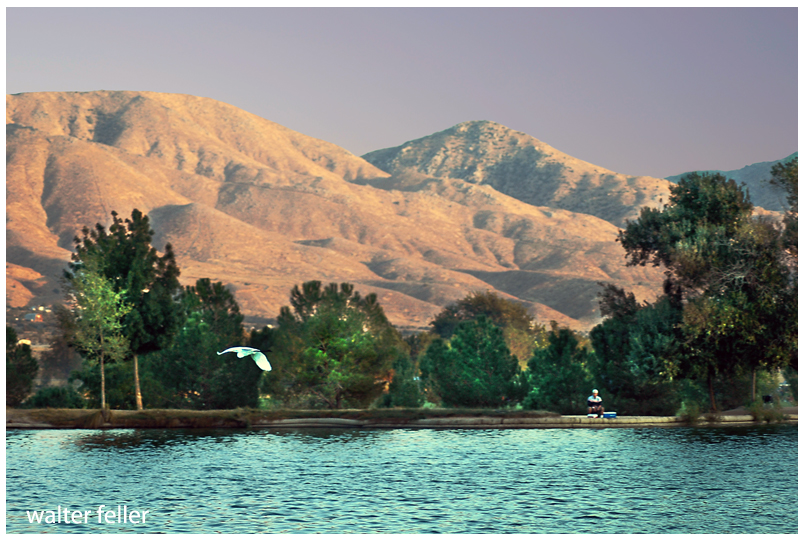
The pipeline changes direction at Hesperia Lake. The origin of the lake is not exactly clear. One story I have heard is that the lake began when the pipeline was leaking and the water did not drain. There is a shallow well in the park that empties into the lake. The spiral-coiled pipe that was used may very well have sprung a leak under the high pressure of being the lowest point of the siphon, as well as a turning point in the line.
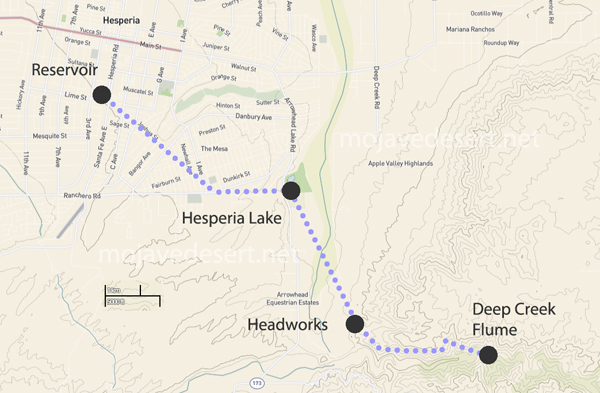
The pipeline turned west at the lake and continued up the little canyon crawling up to the area locally known as ‘the mesa.’ The pipeline then terminated at an open reservoir at what is now Lime Street Park.

All of this rather than dig a hole for a well.
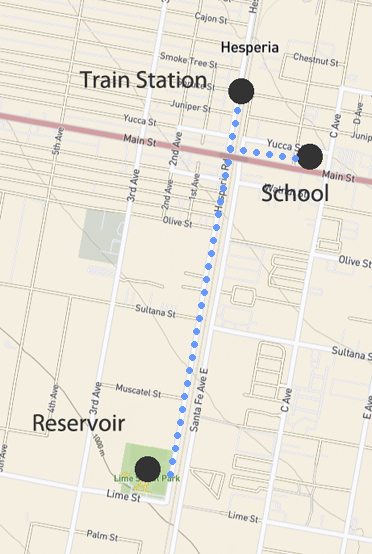
Rotary drilling was being developed, still. Water was down 500-600′ below the surface at this specific location where the reservoir needed to be. Building this canal the 12-14 miles it was, was preferable to digging a well that deep by hand.
The location of the reservoir was well thought out. The water needed to be here for the community that was being developed. Also, water in an open reservoir that could be seen from a train window was a big attraction for those interested in the area.
The canal and pipeline were completed in 1886 when the California Southern track was finished and trains began running.
The water in the reservoir would be fed into the water system to fill the tank at the little railroad station across the street from where Walters’ General Store and the Hesperia Hotel would be built, and at the school just over on the east side of the tracks. There at the little schoolhouse at the center of the little community the water that would be delivered at a pressure of 45 PSI, which is about the perfect pressure for use in a home or commercial business.
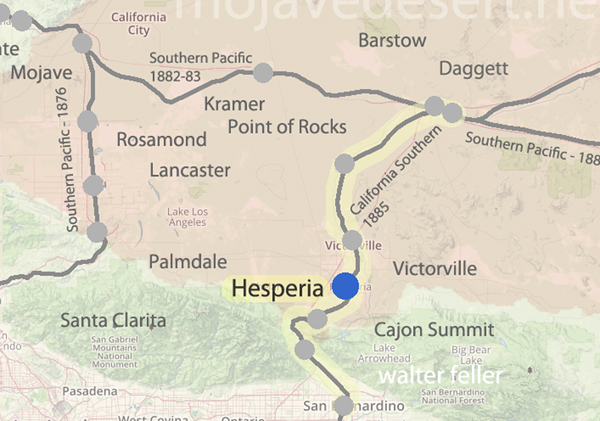
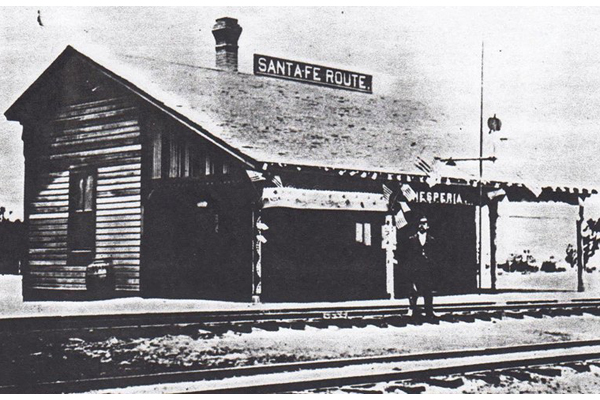
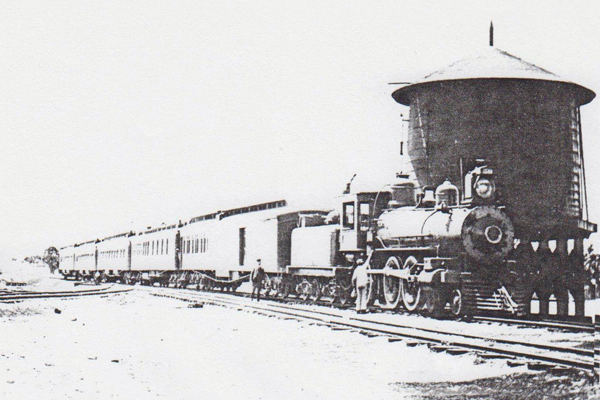
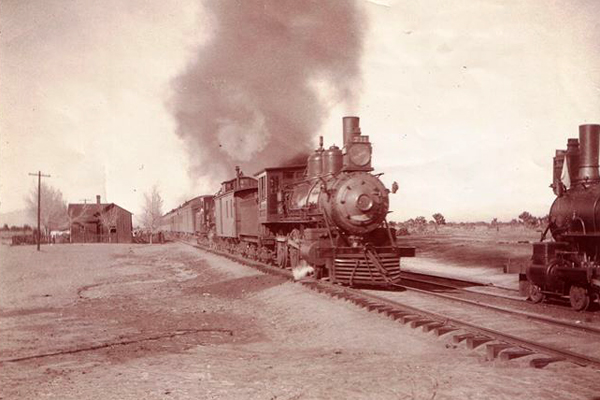
So, hopefully, all things have been considered and that is the story of how and why water was brought to our mesas and providing our opportunity to grow into the collective mega-empire we are to this very day. IMO.
-end-